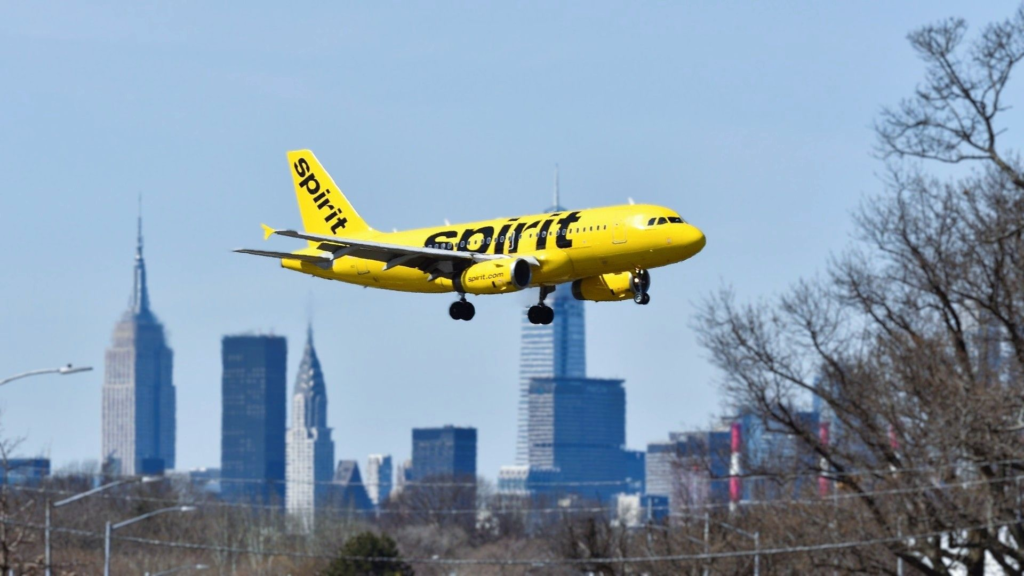Spirit Airlines (NYSE: SAVE) is preparing to exit two additional markets, part of its broader withdrawal from less profitable markets, as the airline enters a complex restructuring process. The carrier will exit the Minneapolis-St. Paul (MSP) and Bradley International (Hartford) (BDL) markets. The carrier has announced it will be suspending service on October 31st, alongside 40 other routes that account for around a quarter of its overall network.
This move follows earlier cuts and reported furloughs of roughly one-third of flight attendants. In the near term, Spirit Airlines does not expect to leave additional airports. Competitors continue to pounce, with both United Airlines and Frontier Airlines adding routes that Spirit Airlines had previously served. JetBlue continues to expand at Fort Lauderdale International Airport (FLL). Even before Friday’s moves, data from the aviation industry database Cirium demonstrates that the airline’s Q4 flights were down more than 20% year-on-year.
What Exactly Is The Carrier Cutting?
Spirit Airlines is now going to completely exit two different airports, with Minneapolis and Hartford, effective October 31. This immediately eliminates the carrier’s nonstop links from Bradley International to a handful of cities across the country, including Nashville, Fort Lauderdale, and Myrtle Beach. Minneapolis/St. Paul International will also lose nonstop connections to Detroit and Atlanta.
Beginning in November, Spirit Airlines is set to suspend roughly 40 additional routes, a full quarter of its operational network. This demonstrates an addition to the roughly dozen cuts that were made earlier this fall, decisions made with the objective of trimming unprofitable services from the carrier’s network. These November pullbacks are likely part of a systemwide suspension, one which has yet to be fully disclosed to operators, according to reports published by The Points Guy.
How Will These Moves Impact The Carrier?
Fully choosing to exit the MSP and BDL markets will involve further suspensions to the airline’s already diverse network. The carrier is also looking to continue shrinking its footprint to remove spokes from its network, which it sees as fundamentally unprofitable. This near-term network narrowing will hopefully help the airline better orient itself towards high-value premium services.
This will ultimately simplify operations, and it will improve completion factors and on-time performance, but it also reduces market presence, brand visibility, and network utility for connecting customers. The airline’s capacity is down around 20% year-on-year, with concentrated flying specifically where unit economics are the strongest and frequencies can sustain fares.
Competitors are already beginning to backfill capacity, which may harden Spirit’s losses and make market re-entry costs significantly higher later on. The airline’s trimmed markets will be places where low-cost carrier capacity will only continue to rise, further pressurizing price-sensitive demand.
What Is Our Bottom Line?
At the end of the day, Spirit Airlines has been a core stable of the American low-cost market for years, but this very much looks like it is about to change. The airline’s strategic retreat has allowed other operators to expand their presence in markets where Spirit once maintained strong competitive footholds.
The ability to serve destinations all across the nation with affordable, low-cost services has made Spirit a recognizable brand in the market. Could the carrier continue to serve these markets in a profitable way? It appears that the management team believes the answer is no.
The bigger question that remains for the airline is whether it can refine its network to earn the profits needed to justify continued expansion. We will simply have to wait and see.


